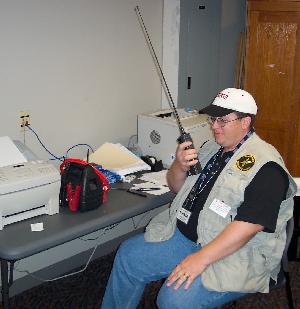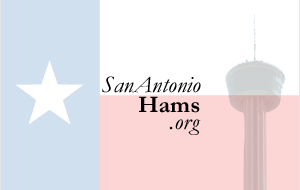 Astute Ham Quote...
Astute Ham Quote...
"The best advice I can think of is to relax, listen and observe. You won't be asked to go it alone your first time out. Our mission as emergency communicators is to accurately pass messages back and forth between the agencies that rely on us.
That's it!
If a message comes in for someone at the served agency you are assigned to, your job is to copy it as faithfully as you can, without interpretation or paraphrasing, and deliver it to the intended recipient.
If your served agency needs to send a message, your job is to write down that message, including who it is from and who and where it is going, then let the net control know that you have "traffic" waiting and who it is for. The net control may take the message from you for later delivery, or may ask you to hold it until messages of higher priority have been passed, or may direct you to "call your station" directly and pass the message. The net control is in charge of the net, so listen carefully to his or her instructions and ask for clarification of any instructions you do not understand.
This is a bit over-simplified, but the rest of the details, like precedences, formats and procedures will fall into place with time, training and practice. If you keep the mission in mind, you'll do just fine!"
de Shane NS5D in a message to a new ARES member, published on the Bexar County ARES Yahoo Group, August 25, 2006. In photo above, Shane operates his radio at the American Red Cross EOC during the area's relief efforts for Hurricane Rita in September 2005.
 San Antonio Area Hams
San Antonio Area Hams 


